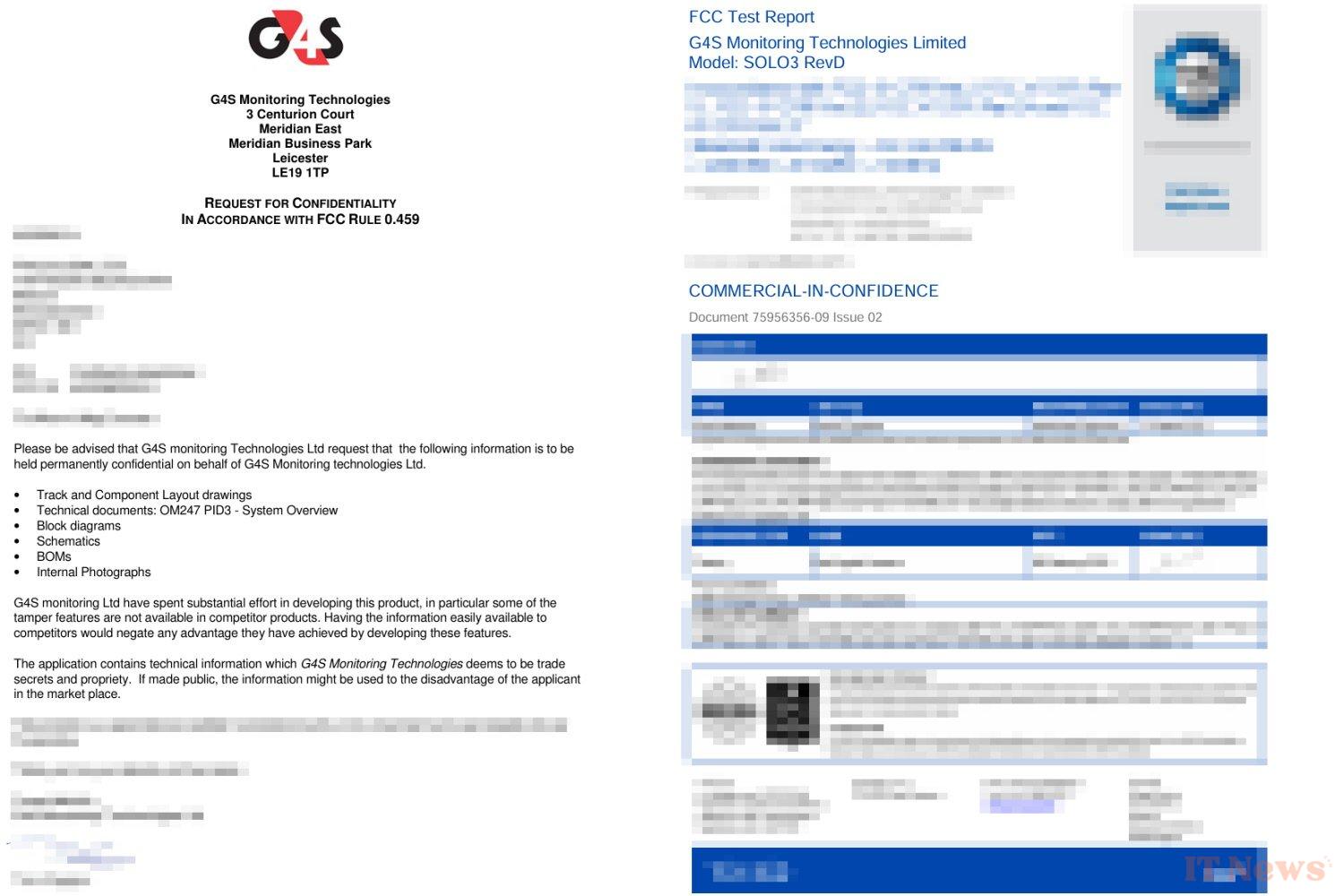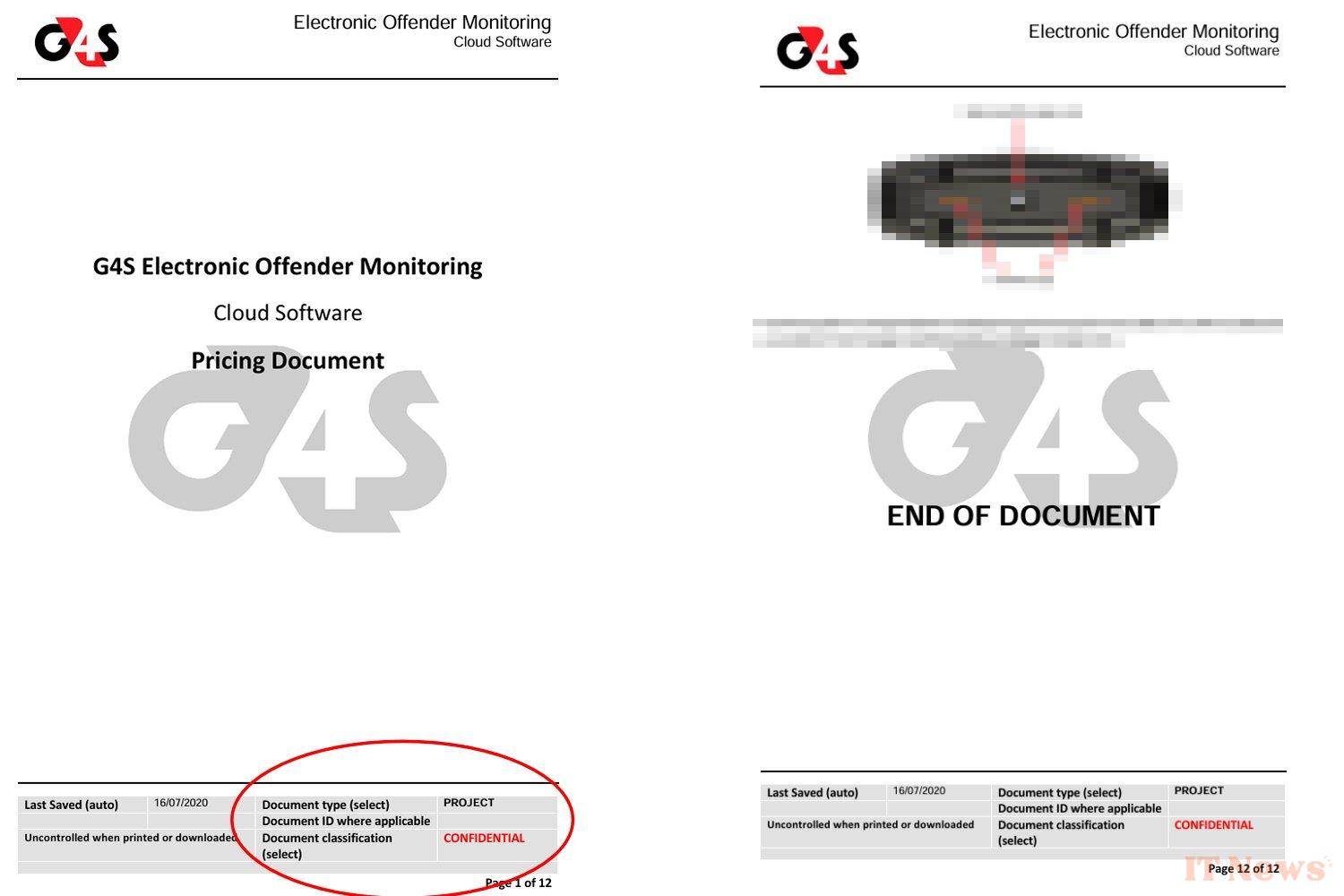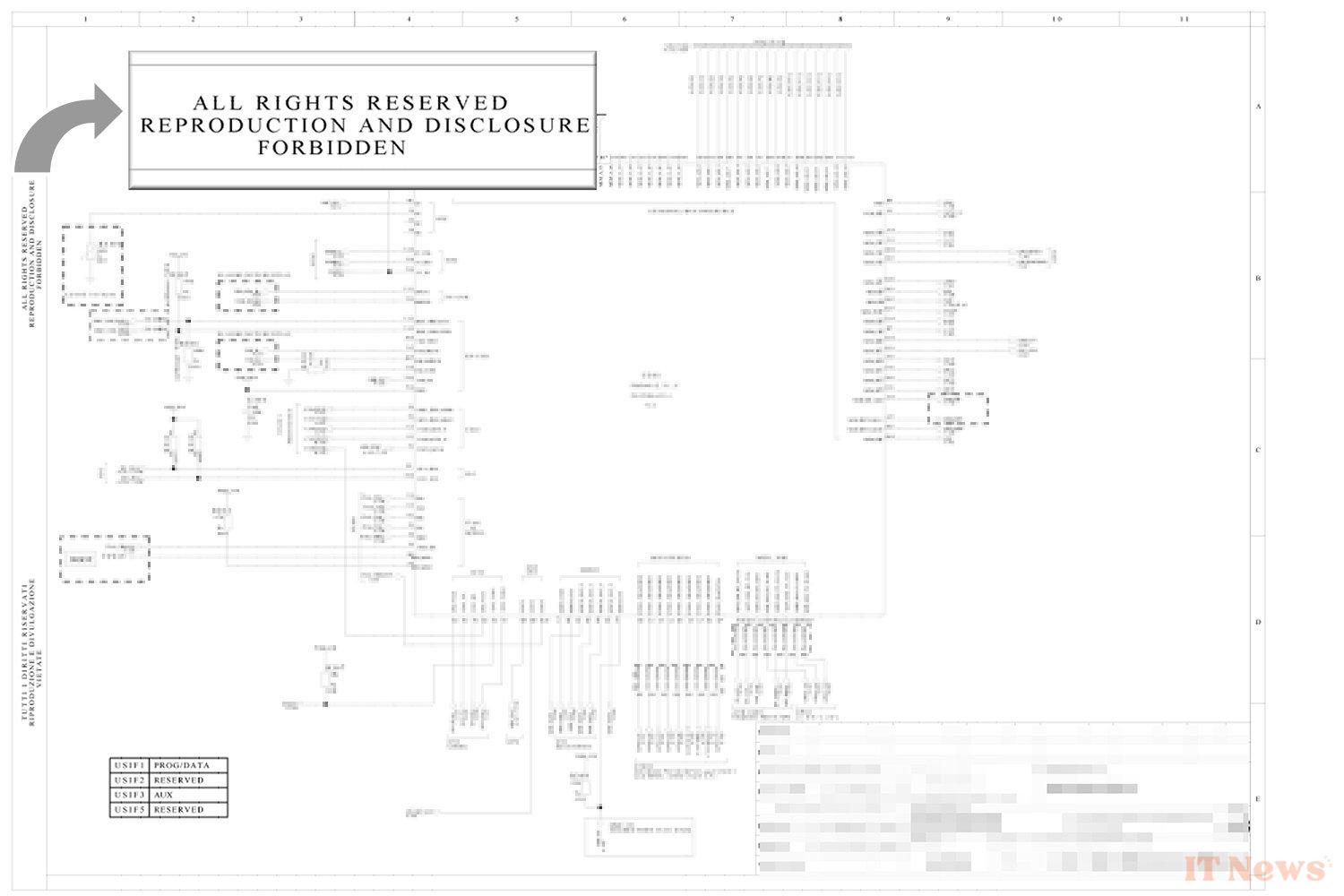During our report on electronic bracelets and how they work, we had very easy access to numerous documents classified as “confidential,” ranging from exterior and interior photos of the various devices to their detailed technical characteristics and even complete diagrams of certain components used by G4S, the manufacturer of the products used in France (and in other countries around the world) for electronic surveillance.
The sensitive nature of the information contained in these documents obviously prohibits us from publishing them as is, but their availability on the Internet still raises the question: how can such documents be publicly accessible when they are supposed to be confidential, and some are even trade secrets?
Confidential documents accessible online
The heart of the problem does not come from the manufacturer itself, who of course wants to keep all this information secret. But electronic equipment requires that they be submitted for approval to various bodies such as the FCC (Federal Communications Commission), the American agency responsible for verifying that devices comply with legislation on radio wave emissions. And it is mainly through these certification bodies that these documents are published on the web and then indexed by search engines like Google, allowing them to be accessed in a completely legal manner, even if the manufacturer requests – which it has done, as the regulations allow – that certain documents not be made public.
But what are the practical risks, you might be tempted to ask. The main problem is that these various documents can give malicious people ideas for angles of attack on the system; having the technical diagrams of the electronic components greatly simplifies the search for security flaws, an aspect that is all the more sensitive since, let us remember, these are devices intended to restrict the freedom of criminals. Fortunately, this is not within the reach of just anyone.
We can therefore understand the remarkable – and essential – certification work that the ANSSI has carried out, in order to guarantee (as much as possible) the security and effectiveness of these electronic bracelets and their ecosystem. The French agency has thus scrutinized the various elements, testing their physical and software resistance to numerous types of attacks. The various reports are also freely accessible on the Internet. Even though it remains impossible to guarantee 100% that a piece of equipment is flawless, it still seems highly unlikely that we will succeed in defeating the electronic surveillance system used in France. Phew.






0 Comments